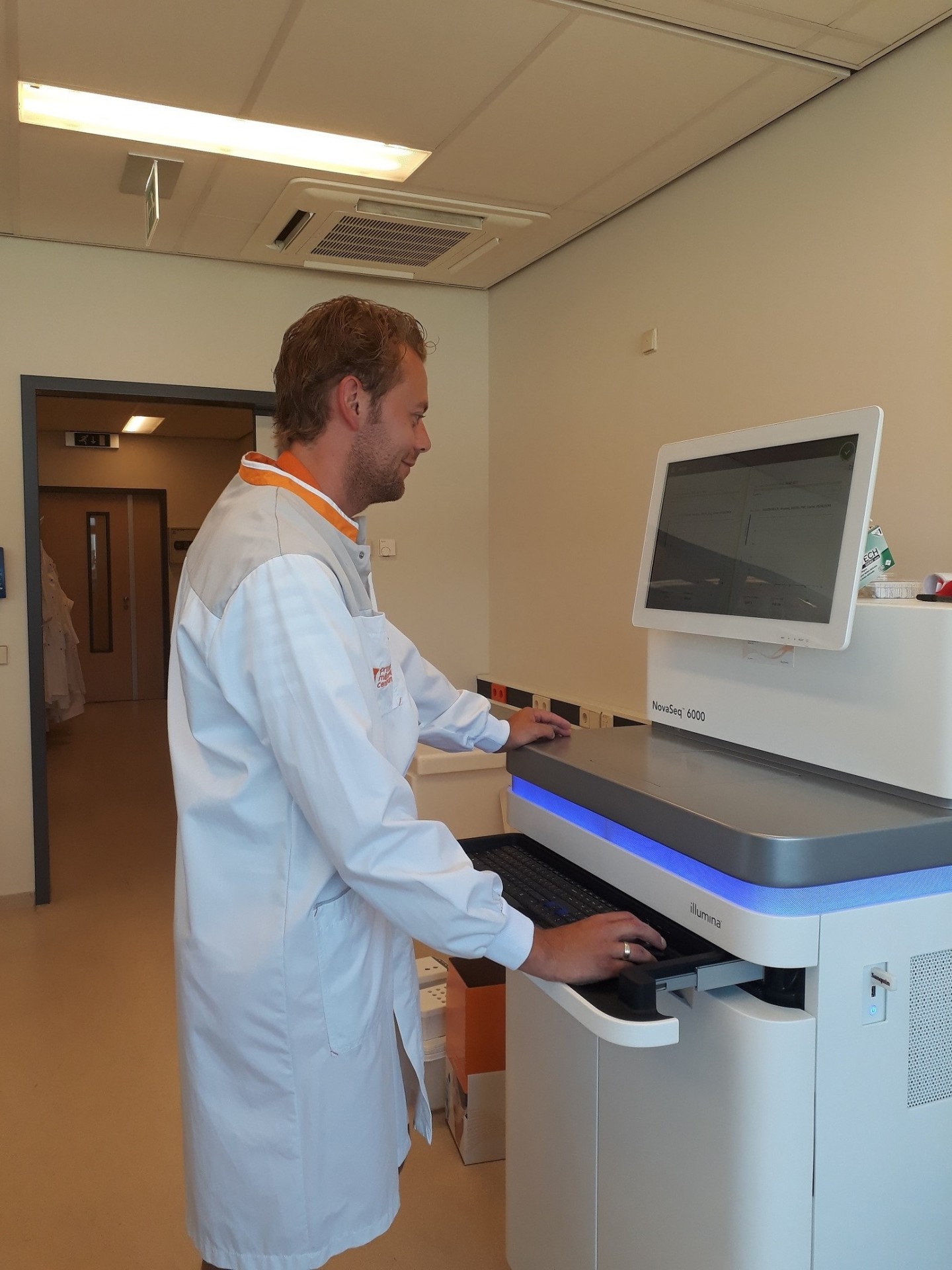Tumors differ amongst types of cancer, but also amongst patients. Consequently, a treatment can be very effective for one patient, but inadequate for the next. Figuring out the DNA differences will help with diagnosing patients and selecting the best treatment.

The close collaboration between the genomics group, colleague Bastiaan Tops from molecular pathology and the group of Hans Kristian Ploos van Amstel, professor Genome Diagnostics at the UMC Utrecht demonstrates the multidisciplinary nature of the study. It brings together all aspects necessary to map the genetic diversity of pediatric tumors.
“With these first samples we have started the pilot experiment”, says Holstege. “Ultimately, we aim to analyze the DNA of every patient that registers at the Princess Máxima Center. Firstly, to diagnose the patient. Secondly, we would like to use the DNA – with consent of the parents and patients – to increase our knowledge about the diversity of tumors.”
